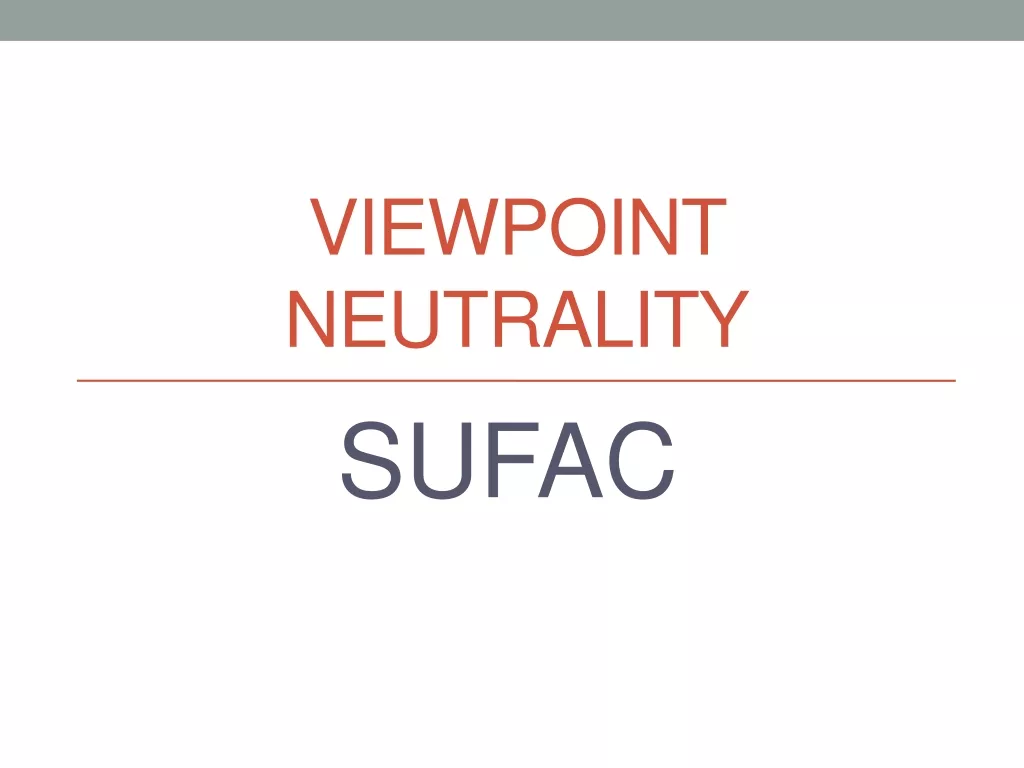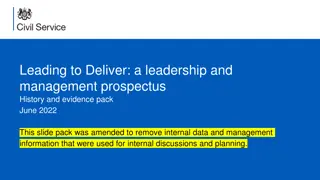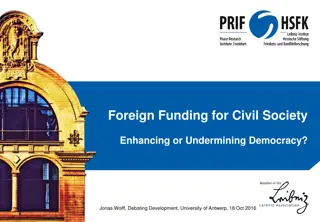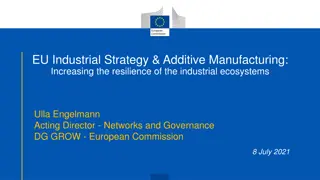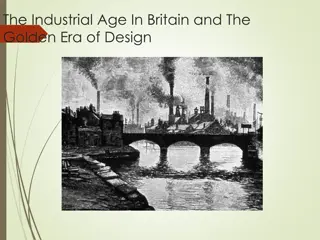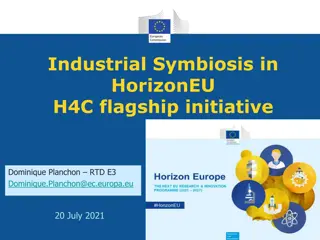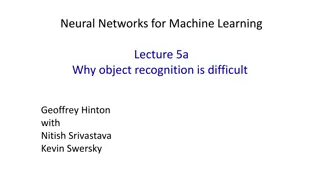Critical Perspective on the EU Industrial Strategy: A Civil Society Viewpoint
The EU's Industrial Strategy from a civil society perspective raises concerns about the focus on the circular economy and emissions reductions. Key remarks point out gaps in addressing material consumption as a driver of emissions and the need for transformative actions to achieve climate goals. The urgency to reduce embedded emissions, particularly in sectors like construction, highlights the challenges in transitioning to a circular economy. Renewables and green hydrogen are seen as insufficient without substantial reductions in resource use.
Download Presentation

Please find below an Image/Link to download the presentation.
The content on the website is provided AS IS for your information and personal use only. It may not be sold, licensed, or shared on other websites without obtaining consent from the author.If you encounter any issues during the download, it is possible that the publisher has removed the file from their server.
You are allowed to download the files provided on this website for personal or commercial use, subject to the condition that they are used lawfully. All files are the property of their respective owners.
The content on the website is provided AS IS for your information and personal use only. It may not be sold, licensed, or shared on other websites without obtaining consent from the author.
E N D
Presentation Transcript
the not-so-new EU Industrial Strategy A critical perspective from the civil society point of view
Key remarks from EEB Improved narrative: We welcome the emphasis on the circular economy business models being at the heart of the industrial transformation. But it fails to square the circle of the current linear production model by placing material consumption as a key driver for emissions. Fails to walk the talk on the industrial depollution: no link with the EGD Zero Pollution objective Does not improve the governance gaps
Why embedded emissions matter At the current pace, material production alone will be responsible for 900 bn tCO2eq by 2100 worldwide, which is more than what IPCC has estimated as a total budget for this century (800 bn tCO2eq). Source : Material Economics - Industrial transformation 2050
Why embedded emissions matter The largest share of responsibility lies with the building construction sector: The sector (including material manufacturing, transport, etc.) accounted for 36% of global final energy use and 39% of energy-related CO2 emissions in 2017 According to our calculations, the sectors analysed in this document must decrease from 2250TWh consumption of 2015 to 1434TWh (-37%) in 2050 to be compatible with the Paris Agreement
Circular Economy first mantra Already today up to 58% of the total amount of CO2 emissions the most relevant industry sectors (steel, cement, plastics) can be cut with a pathway focused on Circular Economy available measures and technologies. On average CE measures cost less than 50 euro per ton CO2eq, thus making their results comparable to measures that are now prioritised on the supply-side for industry Source : Material Economics The Circular Economy: a power force for climate mitigation
This is where IS falls short Renewable energy and green hydrogen can only go so far towards making European industry climate-neutral. Without considerably reducing resource use, the EU s transition to a circular economy is little more than a pipedream. To fully achieve the European Green Deal goals the industrial transformation must go beyond technical feasibility measures Transformative actions must be extended through the value chain and engage skilled workforces, new business models based on quality, rethinking products as services, improving ecodesign and transparency The aim to prioritise resource use as a strategic tool to reduce emissions in industrial processes and as an enabler of decarbonisation of processes is not clearly there.
Zero pollution? IS should be instrumental to achieving all of the EGD goals not only climate targets. EU is revising the Industrial Emissions Directive, the main emissions tool related to this economical sector The invisible hand of the carbon market needs a combined carrot-and-sticks approach, including binding pollution prevention and energy efficiency standards at permitting phase. The IED should be setting the minimal requirements for the decarbonisation and depollution of industrial processes, in particular for energy-intensive industries There should be and it s not at all there a strong bond between this IS and the IED revision for a real synergy of policies.
Who, How, When? When it comes to good governance, the revised Industrial Strategy fails to upgrade the existing one. The confirmed framework of ecosystems and alliances is, for now, only being used to highlight the needs and capacity of the different industrial ecosystems but there are no sectoral roadmaps and clear intermediate steps for these ecosystems. The new Industrial Strategy, therefore, fails to define a more general framework to achieve the European Green Deal s objectives and does not put in place a steering mechanism that can make sure that all efforts carried out within these pathways are aligned with both the pace of action that is required and fair burden-sharing among the different sectors of the economy.
Thanks davide.sabbadin@eeb.org More on EEB s positions on industry at www.eeb.org/library


![❤[PDF]⚡ Civil War Talks: Further Reminiscences of George S. Bernard and His Fel](/thumb/20551/pdf-civil-war-talks-further-reminiscences-of-george-s-bernard-and-his-fel.jpg)
